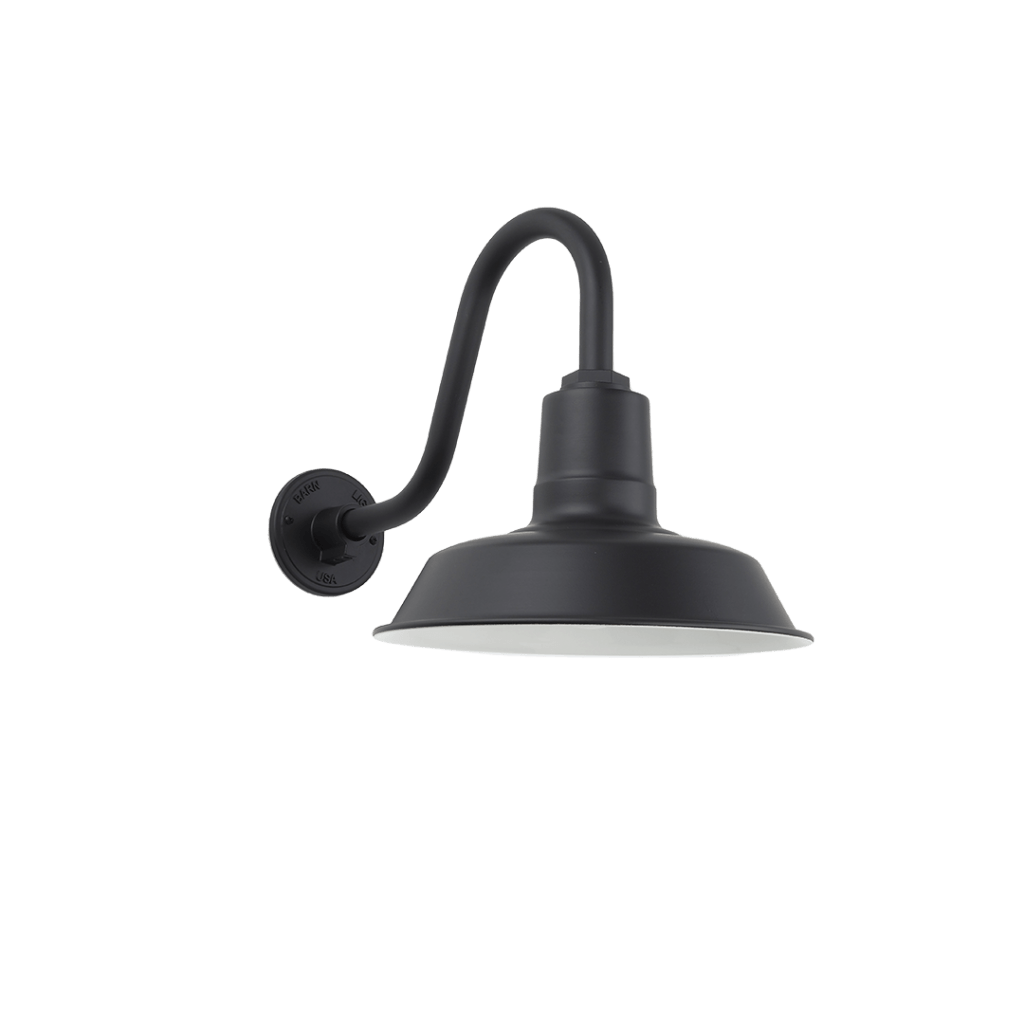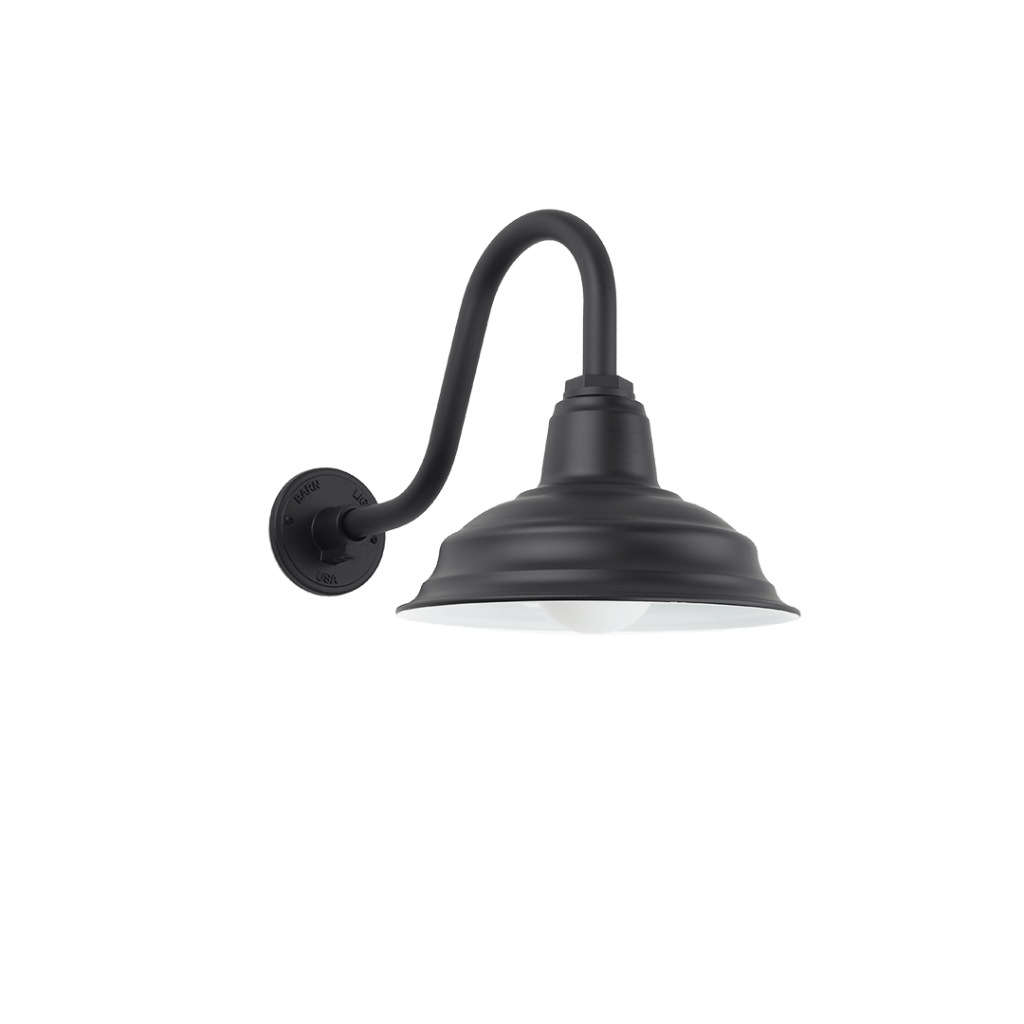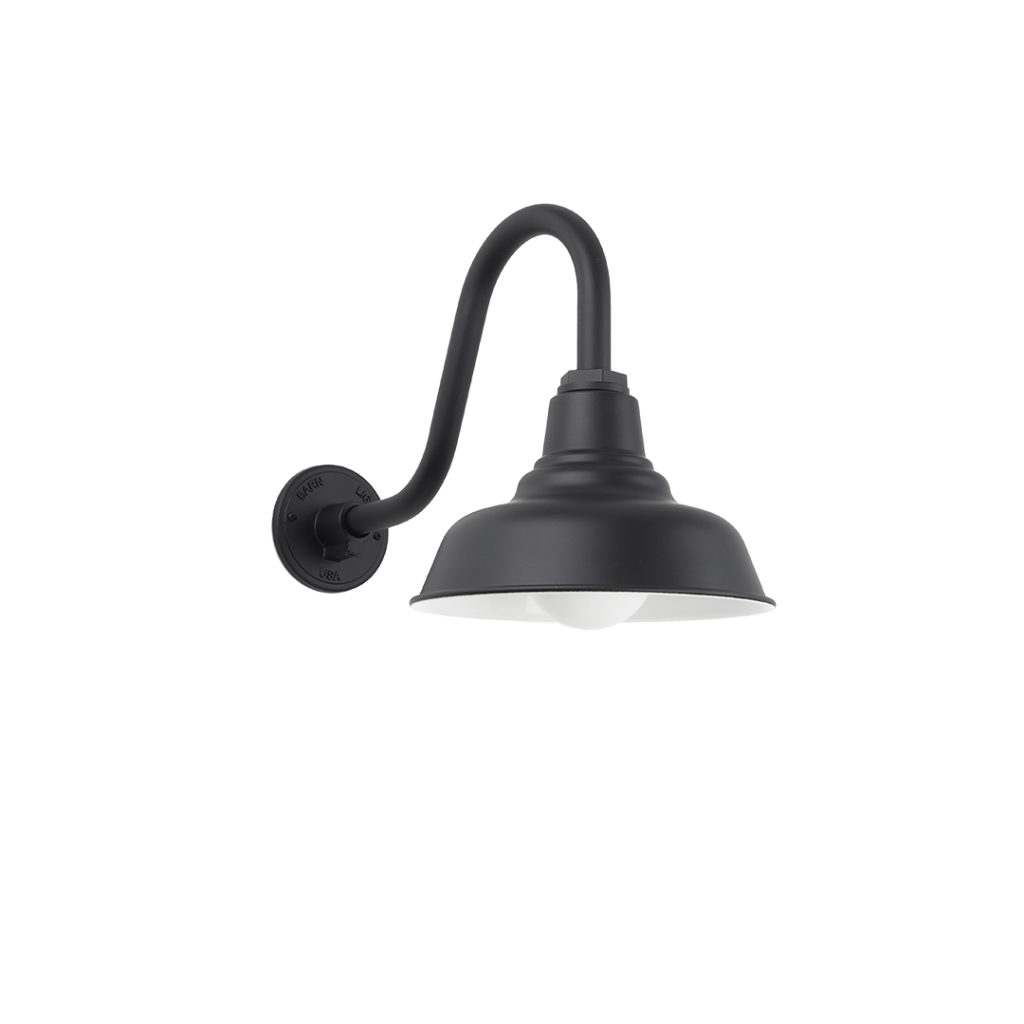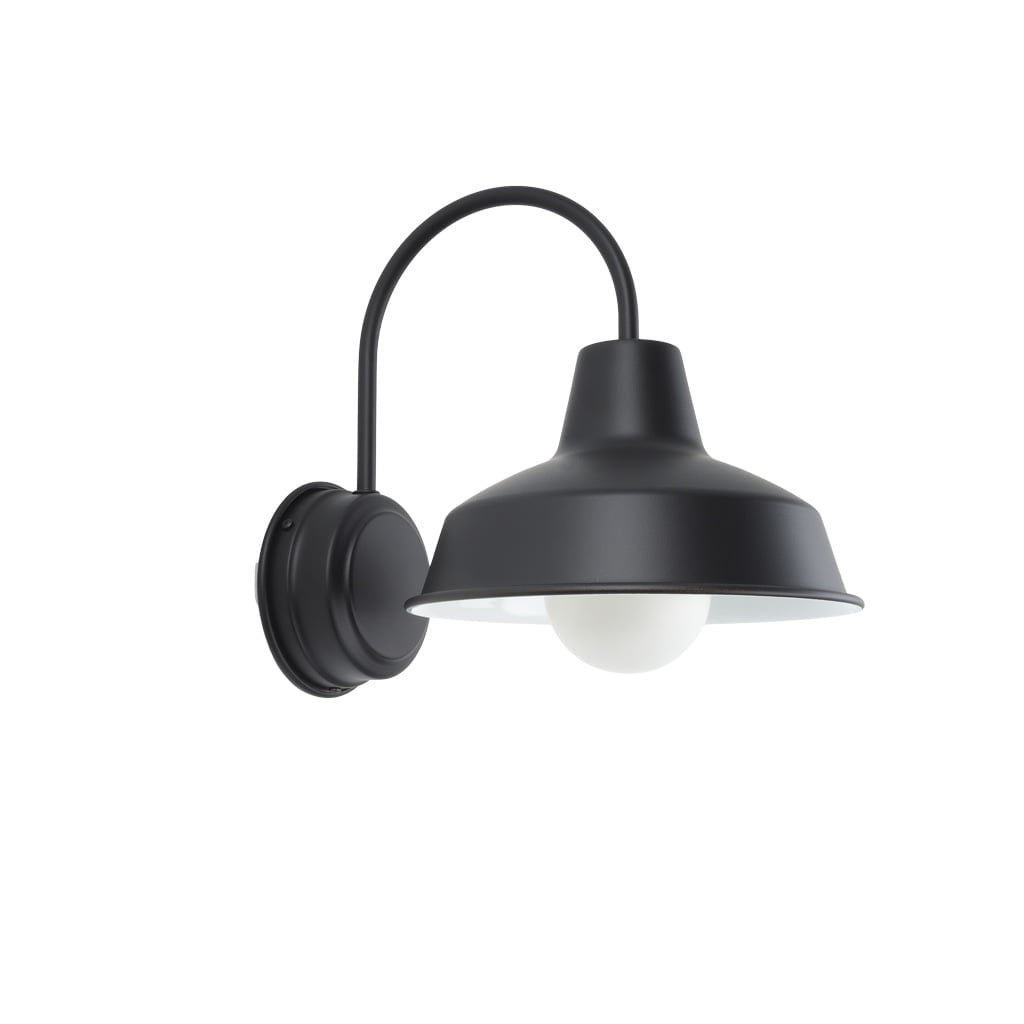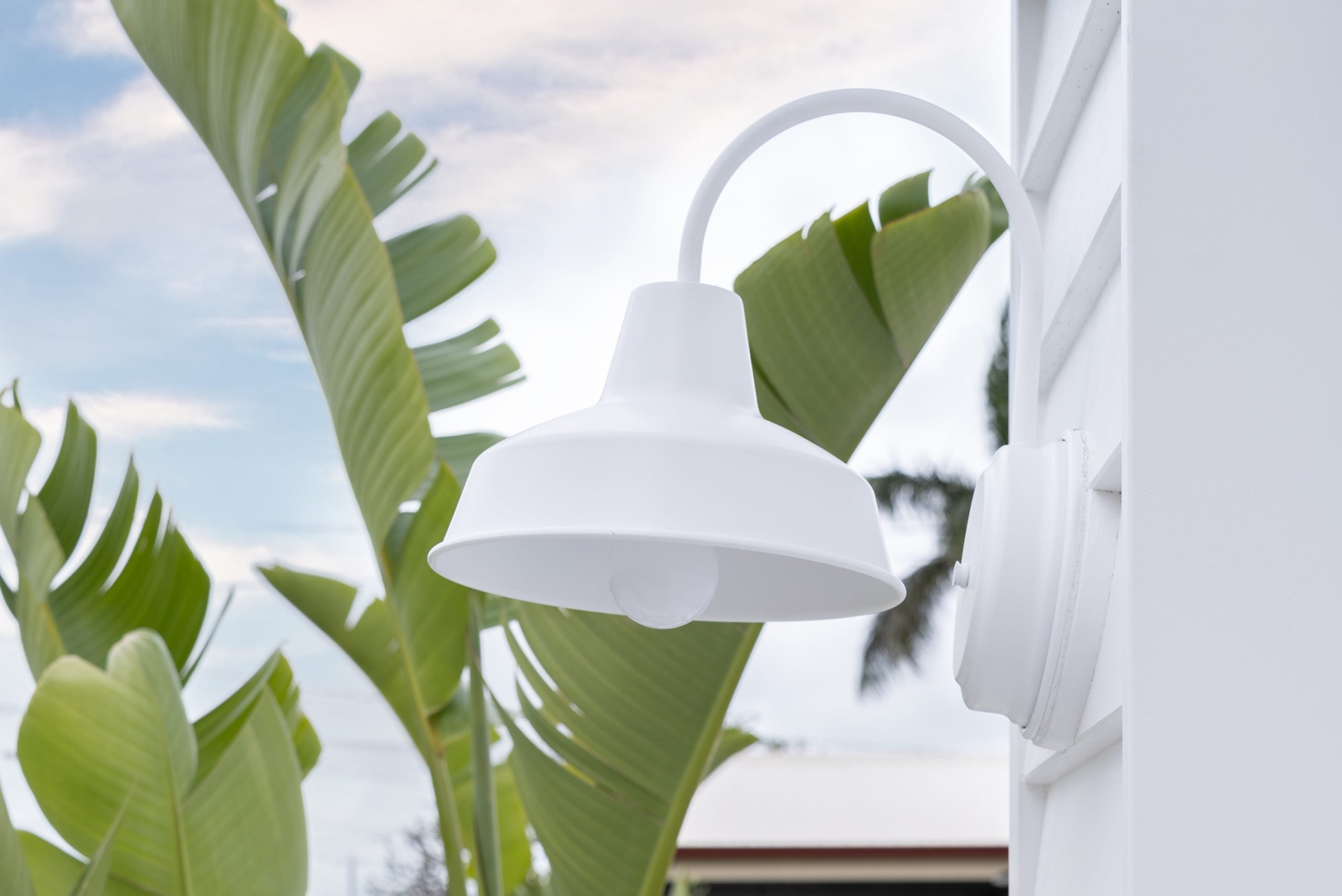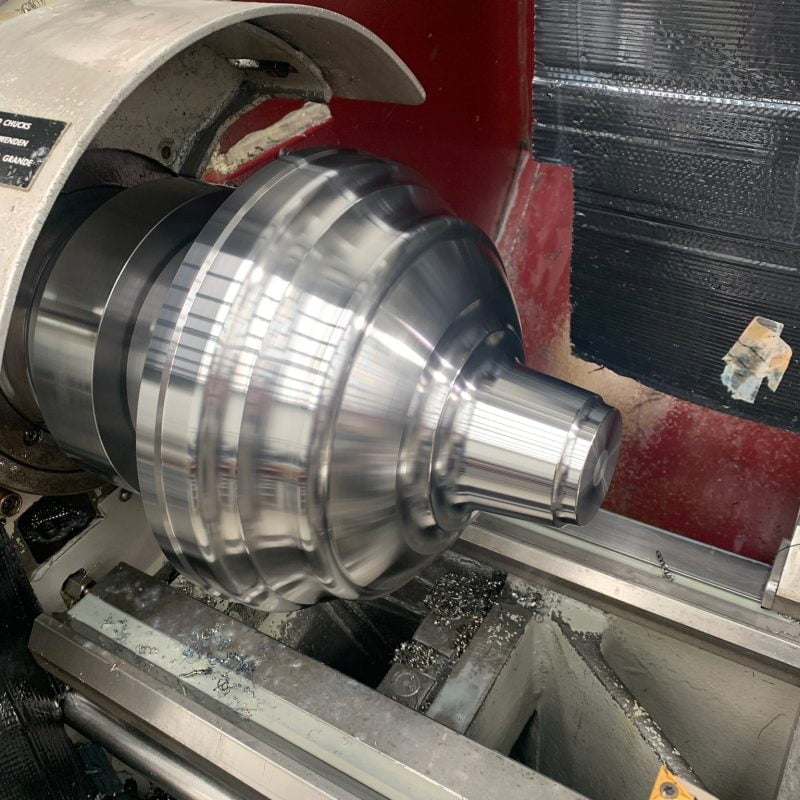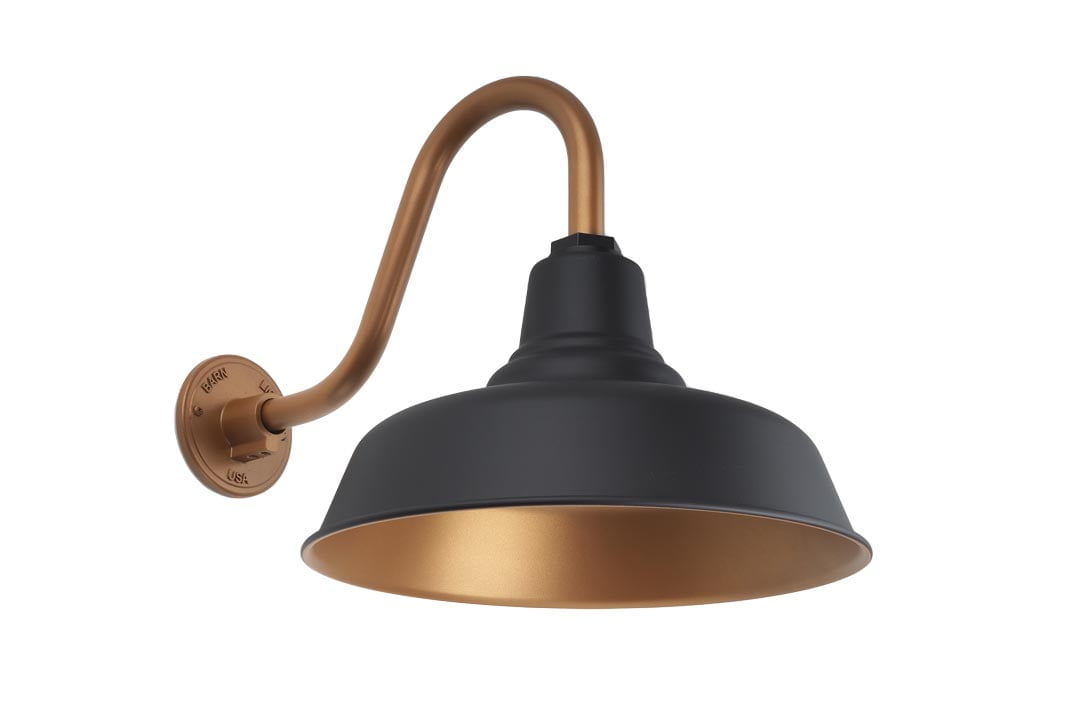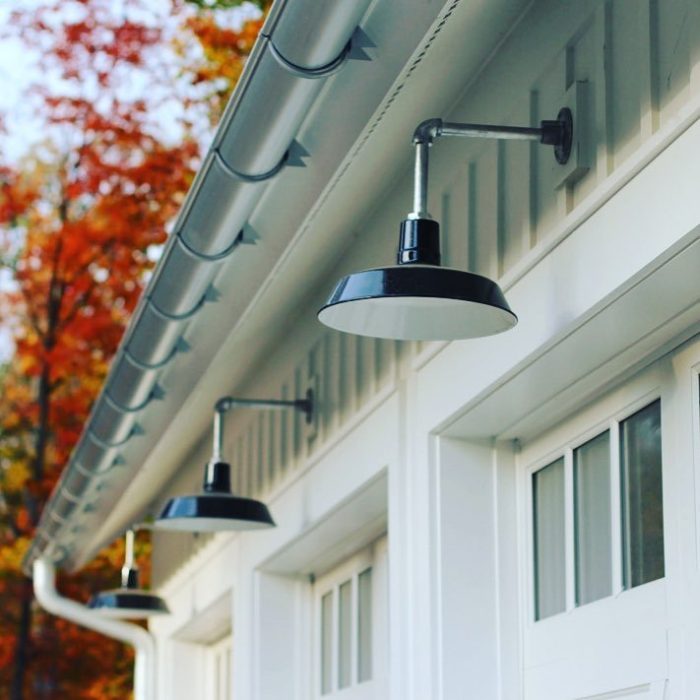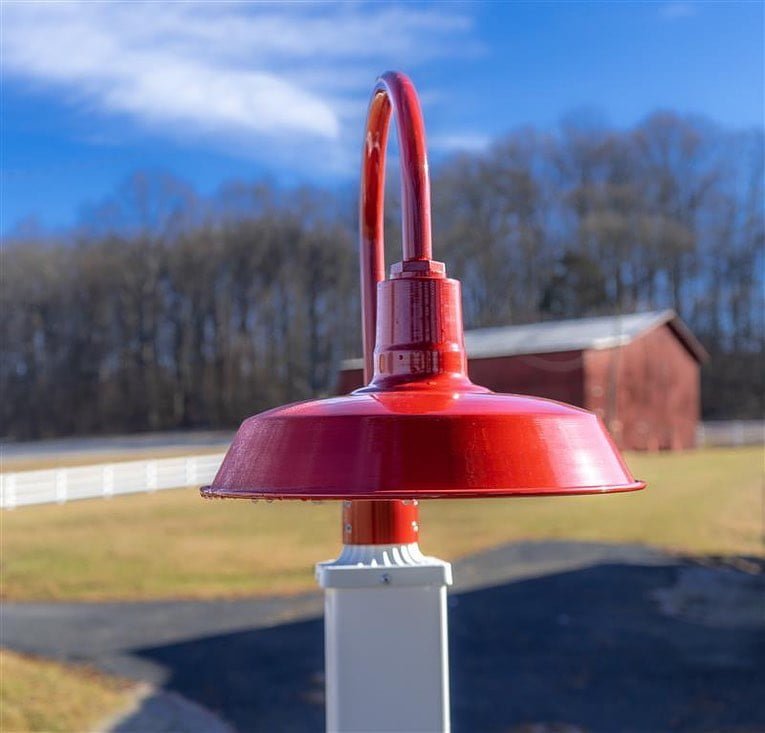Barn Lights are 100% Dimmable
Barn Light Australia offers three unique socket/light types, these are configurable options available to you from the product page. Product pages will deliberately limit options based on the product type, if you can’t see it then it is not available.
- Our Default Offering – Suits a standard Screw Bulb (E27)
- Atomic Screw Bulb (E27) – Same as #1 except included with an optional Atomic Unit.
- We’ve also got an Atomic, Fully Integrated, Chip-On-Board LED equivalent.
- Fully Integrated LED Modules (Custom Order) – A multi lumen and colour (kelvin) LED device that replaces the E27 socket entirely. These units are the most configurable with the highest available output.
E27 Lampholder a.k.a. Screw Bulb
You’ll require an Edison screw light-bulb and compatible dimmer.
Atomic Screw Bulb (E27)
Just like our E27 Lampholder, you’ll require a light-bulb and compatible dimmer.
If you intend to use the supplied glass – We recommend no higher than 100W incandescent filament or halogen bulbs.
Atomic Screw Bulb – Integrated LED (Custom Order)
Our Atomic Integrated LED can be dimmed courtesy of the use of “Chip-on-board” technology. The trade off is a much higher wattage and lifetime hours than any E27 light-bulb on the market. As the Driver is recessed into the lighting fixture, you’ll need to use a standard “LED” Voltage dimmer for 240V
Fully Integrated LED Devices
Our Fully Integrated LED‘s utilise dimming on the LED DRIVER rather than the light source. This meaning you can dim to 0%, giving total control over the LED and the lighting effect it creates. A standard 0-10V LED Dimmer is required to appreciate this functionality.
The History of Dimming
Dimming light bulbs should be a straight forward experience for the average home-owner unfortunately despite the release of new lighting bulb styles, the act of dimming has only proven to be more difficult for the average person. In the article below we’re going to get our minds dirty attempting to understand the difference between AC and DC Current. Despite “Smart LED Bulbs” with their fancy inbuilt speakers, a range of groovy colours, and the ability to voice-activate all of these features, the most common method of dimming light bulbs remains the trusty wall dimmer.
The basic premise of dimming.
The basic dimmer from the 1890’s to 1950’s was based on a same, simple premises – Reduce the amount of energy to in the circuit to reduce the potential for safety hazards to occur and at the same time increase energy efficiency. Light bulbs during this time were large filaments capable of causing fire hazards quickly due to the large amount of heat generated.
Older homes and dimming switches
An older-style dimmer style that is still the most popular, was developed in the 1960’s. This dimmer was designed to house a Diode within the wall switch reducing the amount current travelling in one direction (Source -> Light Bulb) as you turn the knob up/down, this reduces the amount of energy a light bulb can use to provide light. It is for this reason that Electricians need to install wall switch dimmers on “the same circuit” in your room as two dimmers would be incompatible on the same circuit for the average Australian Home.
Modern AC & LED Dimmers
“Modern” Dimmers typically house 0-10V so called “LED dimmers” newer homes, these are designed to “resist” the full 240V A/C electrical load at the switch and provide only 10Volts to the LED device. This provides a more dependable/smoother signal to the bulb itself which also means the LED Driver won’t burnout quickly. Despite these LED dimmers being commonly supplied by most reputable builders, a modern home can sometimes feature a “cheaper” lighting package consisting of older style technology. This cheaper lighting package will have AC Diode Dimmers which cause major issues with LED bulbs, we’ll talk about that in a few minutes.
Why does my current light bulb flicker (strobe), flash, or jump between (ie. 50% dim to 100%)?
You have an incompatible pair – the dimmer and light bulb are mis-matched and the result of not enough, too much, or “dirty” current is being supplied to the bulb. Most LED bulbs require the full supply of 240V in order to operate correctly and dimming with the wrong type creates “supply” problems to the driver. A similar situation as running water with “air in the pipes” or running an engine with minimal fuel, this creates the “knocking” in both examples, electricity not being much different.
If you’ve similarly wondered why your LED bulb doesn’t dim at all, despite it saying “Dimmable” on the package have a look at the table below – Assuming you’ve just installed a 20W LED Device into a Trailing Edge Dimmer and the dimmer was on 50% power, you’d still be providing 100% of the LED bulbs required power, thus dimming just isn’t possible. You’d need an low voltage dimmer such as an LED dimmer to make this fine change in electrical supply possible. Such fine changes in voltage cause a variety of problems depending on the quality of the LED bulb, and the dimmer – one of the reasons why Barn Light Australia does not provide bulbs is for this reason.
| Technology | Average Range (Wattage) | 10% Percentage | 50% Dim | 75% Dim |
| TRIAC / Leading Edge | 40-250W | 29W | 145W | 217W |
| Trailing Edge | 10-150W | 16W | 80W | 120W |
| LED | 0-40W | 4W | 20W | 30W |
LEDs being digital devices, know only of two states “ON” or “OFF” – In order to dim, the LEDs is being told by the supply driver to turn on and off in different increments to create the “dimm” effect. Assuming 100 milliseconds to the second – at 50% dim, your bulb would receive the following “on/on/on/on/on/off/off/off/off/off” for every 10 milliseconds if compatible. If the driver had insufficient power, it might not supply ANY power or turn on periodically which explains the flickering. You can recreate the flickering effect of LEDs by aiming your camera phone at an LED bulb and notice the “flickering or strobing” on your phone as the device is powered on and off rapidly, the more modern your camera phone the higher the frame-rate thus it will take longer to notice. Older phones would commonly have lighting issues in areas with LED lights for this reason.
As most people “set-and-forget” their wall dimmer, rarely do they have the necessary information on hand that might show compatible light bulbs or brands. It is “normal” for some bulbs to be very compliant with zero output, or very incompatible with a higher output. This is the trade-off between working and doing the job correctly. You can do away with this issue by accomplishing two things – Find the technology that is perfect for you, and buy the same brand/model/type for each bulb you replace. Changing up different bulbs on the same circuit causes more problem that meets the eye and more often explains why you keep replacing that same bulb over and over again (emphasis; I’ve done it myself…). More often than not, your electrician can supply a compatible dimmer and light-bulb pair to ensure the best technology available to you is usually through their own electrical wholesaler.
Why is dimming LED bulbs so bl**dy hard?
LED bulbs are a technological feat in their own right. Not only do they use 240V AC, they also integrate a “step down” driver for the LED located in the same bulb. As LEDs require DC Current (Direct Current) to operate effectively (this is the same low voltage current used to power your laptop) the LED bulb needs to drop from AC to DC. This is the reason most LED bulbs “pop” when something goes wrong – It is the LED Driver that creates a smell, or smoke of exploding electronics.
If you’ve ever dropped a bulb and heard the “POP” sound, you’ll know that you’ve got a decent bulb. This pop is the escape gases that fill the bulb, designed to reduce the heat centered around the light source and push it out of the bulb keeping the whole unit cool as a passive heatsink. LED bulbs are commonly designed as miniature LED strips in Fancy Edison Filament Style bulbs, Flat LED Chipsets with White Opaque Glass (or plastic) shell. Inefficient (read:cheap) LED bulbs, the lack of a Gas fill will make the bulb heat-up much quicker, which puts thermal pressure on the LED Driver once again, reducing life span and making the LED itself lose its performance. This is no different than turning your light-bulb on and off too quickly (rapid expansion and contraction due to heat)
Consider all the information in the two paragraphs above and you’ll have some idea that LED bulbs are difficult to manufacture at a cheaper price point. Now add Dimming functionality. Now add in different dimmers from a variety of styles – TRIAC (TRIode for Alternating Current) or Leading Edge for Incandescent, then add Trailing Edge Dimmers for Fluorescent Bulbs which is better suited to LEDs due to their similar (lesser) power consumption or go straight for an LED 0-10V Dimmer…. which won’t work for anything but LED lamps….
